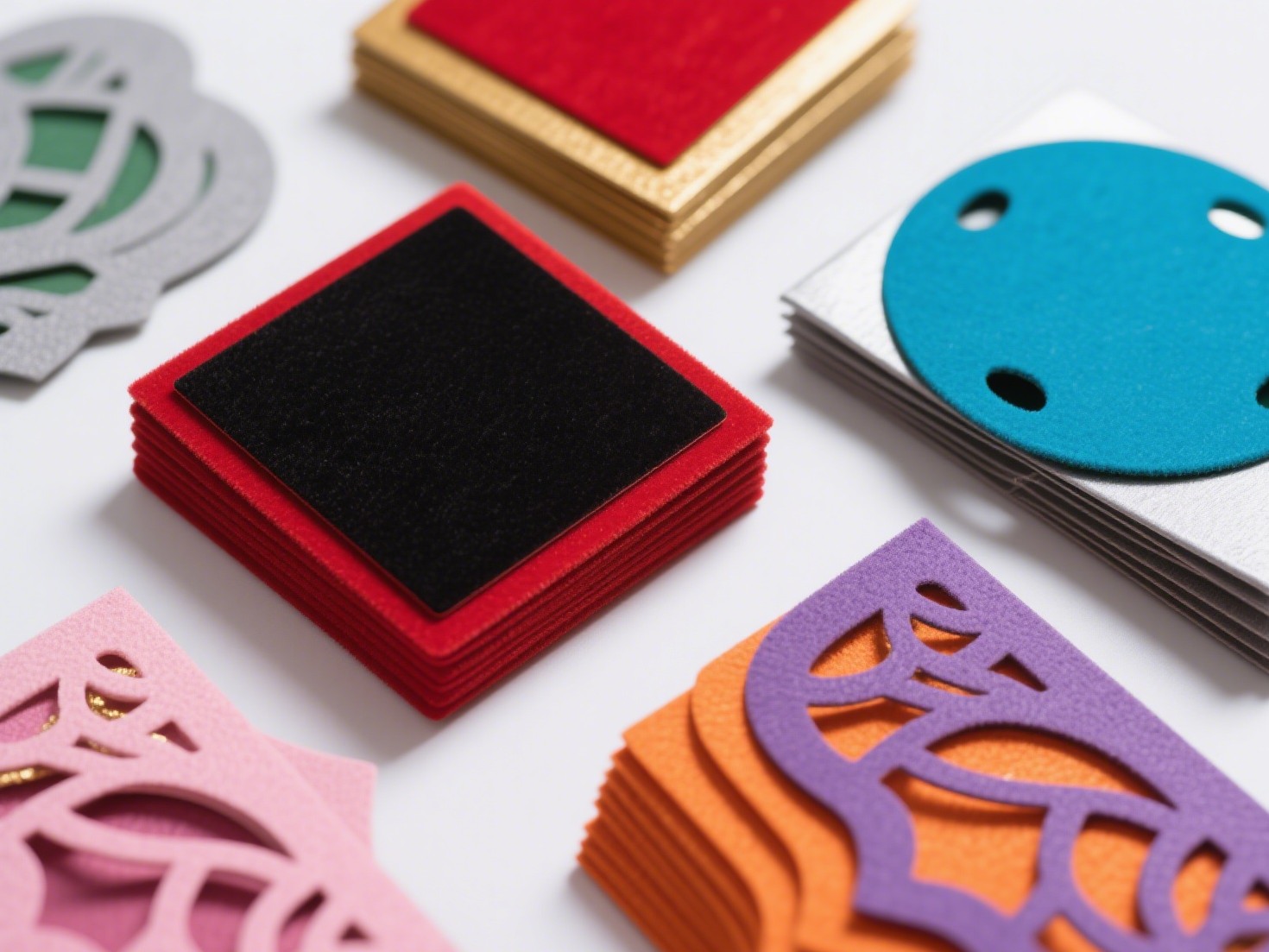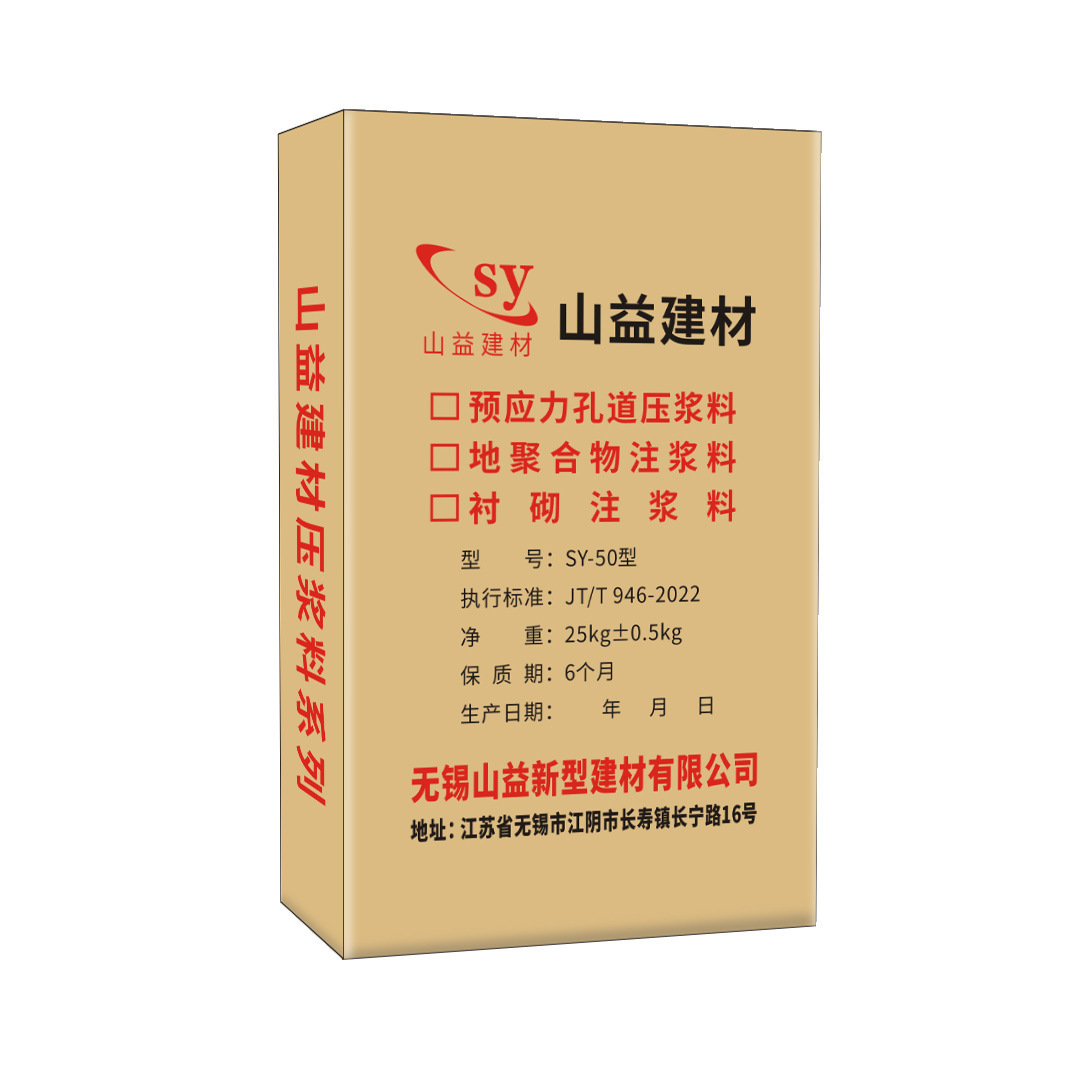When it comes to choosing materials for construction and interior design, cost is often a primary consideration. Among the myriad of options available, corrugated metal and drywall stand out as two popular choices, each with its own set of advantages and disadvantages. This article delves into the question: Is corrugated metal cheaper than drywall? We will explore not only the initial costs but also the long-term implications of choosing one material over the other.
Understanding the Basics: Corrugated Metal and Drywall
Corrugated Metal is a type of sheet metal that has been rolled into a series of ridges and valleys. It is commonly used in roofing, siding, and even interior applications due to its durability and resistance to various environmental factors.
Drywall, on the other hand, is a construction material made of gypsum plaster sandwiched between two sheets of heavy paper. It is widely used for interior walls and ceilings because of its ease of installation and finishing.
Initial Cost Analysis
When comparing the initial costs of corrugated metal and drywall, several factors come into play:
- Material Costs:
- Corrugated Metal: The price of corrugated metal sheets can vary significantly based on the type of metal (steel, aluminum, etc.), thickness, and finish. On average, corrugated metal can range from $1.50 to $3.00 per square foot.
- Drywall: Standard drywall sheets typically cost between $0.40 and $0.65 per square foot. However, additional costs for joint compound, tape, and finishing materials must be considered.
- Installation Costs:
- Corrugated Metal: Installation can be more labor-intensive, especially if specialized tools are required. Professional installation may add $2.00 to $4.00 per square foot to the overall cost.
- Drywall: Drywall is generally easier to install, and many DIY enthusiasts can handle the job. Professional installation usually costs between $1.50 and $3.00 per square foot.
Long-Term Cost Considerations
While initial costs are important, long-term expenses can significantly impact the overall budget. Here are some factors to consider:
- Durability and Maintenance:
- Corrugated Metal: Known for its strength and resistance to moisture, pests, and fire, corrugated metal often requires less maintenance over time. Its lifespan can exceed 50 years with proper care, making it a cost-effective choice in the long run.
- Drywall: While drywall is relatively inexpensive to install, it is susceptible to damage from moisture, impacts, and pests. Repairs can be costly, and the lifespan is typically around 30 years, depending on the environment.
- Energy Efficiency:
- Corrugated Metal: Metal can reflect heat, which may reduce cooling costs in warmer climates. However, it may require insulation to maintain energy efficiency.
- Drywall: When combined with proper insulation, drywall can provide good thermal performance, but it may not offer the same reflective properties as metal.
- Aesthetic Flexibility:
- Corrugated Metal: This material can provide a modern, industrial look that appeals to many designers. However, it may not fit all architectural styles.
- Drywall: Offers a smooth finish that can be painted or textured, making it versatile for various design preferences.
Environmental Considerations
Sustainability is becoming increasingly important in construction.
- Corrugated Metal: Often made from recycled materials, metal can be recycled at the end of its life cycle, making it a more environmentally friendly option.
- Drywall: While drywall can also be recycled, the production process involves significant energy consumption and the use of gypsum, which has its own environmental impacts.
Conclusion: Making the Right Choice
So, is corrugated metal cheaper than drywall? The answer depends on various factors, including the specific application, installation costs, and long-term maintenance. While drywall may have a lower initial cost, corrugated metal can offer significant savings over time due to its durability and low maintenance needs.




+ There are no comments
Add yours